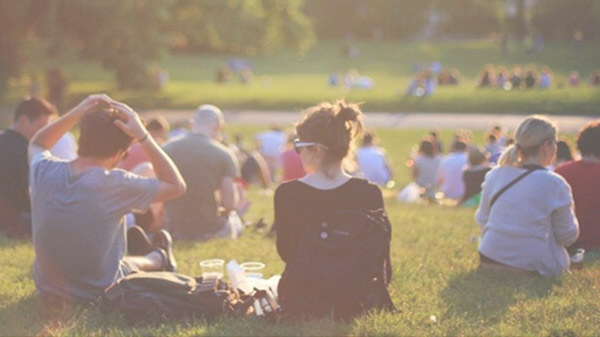
The New European Bauhaus (NEB) in brief
The NEB is an initiative launched by the European Commission in 2020 as part of the European Green Deal. It aims to bring together designers, architects, engineers, artists, and other creative professionals to imagine and build a more sustainable and inclusive future for Europe. It is inspired from the original Bauhaus movement that emerged in Germany in the early 20th century and emphasised the integration of art, architecture, and design with new technologies and industrial production.
The initiative seeks to address societal challenges such as climate change, sustainability, and social inclusion by promoting innovative solutions that combine aesthetics, functionality, and sustainability. It focuses on three main principles:
- Sustainability: Encouraging the use of sustainable materials, energy-efficient design, and circular economy principles in architecture, urban planning, and design.
- Inclusivity: Ensuring that the built environment is accessible and inclusive for all members of society, regardless of age, ability, or background.
- Aesthetics: Emphasizing the importance of aesthetics and creativity in enhancing the quality of life and well-being of individuals and communities.
While it was initially launched as an informal and ‘bottom up’ movement, the European Commission developed in parallel a structured framework to support the networking of stakeholders, the sharing of experiences and ideas, but also to provide dedicated public funding opportunities.
In 18 months, this led to a profusion of initiatives, resources, projects, and more.
The NEB handbook
The idea of the Handbook is two-fold:
- Provide some guidance to find one’s way across the profusion of resources and opportunities related to the New European Bauhaus
- “Give flesh” to the New European Bauhaus principles, i.e. provide some concrete examples on how the NEB concepts can be implemented in real projects related to the built environment and the construction industry.
The handbook is therefore designed to answer the following questions:
- What is the New European Bauhaus, and why?
- How to access/join the NEB community and resources?
- How do I make my project ‘NEB by design’?
- Where to get funding to support my NEB project?
- What are concrete examples of NEB projects?
The set of examples is focused on the built environment and construction sector, and organised along the three NEB core value with additional subcategories:
- The category “Beautiful” is broken down in “Cultural Heritage” and “Quality in architecture”
- The category “Sustainable” is organised around the topics of “Regenerative design” and “Recycling & Circular Economy”
- The category “Inclusive” is split in “Accessibility” and “Inclusive and participatory methodologies”
Each example provides a brief description of the project objective and implementation, how it contributes to the three NEB values, which stakeholders were involved in the process, and some references.
Download the NEB Handbook here.
Peer learning activities about the New European Bauhaus
Beyond the NEB Handbook, the NEBULA project is developing other activities to enable the sharing of experience about the New European Bauhaus.
The webinar series “New Bauhaus Stories” investigates the NEB through different angles, such as urban planning and stakeholder involvement, innovation and new product/ service development, education, etc… Each webinar session gives the floor to different stakeholders, from city planners to start ups, from architects to engineers. Link to the New Bauhaus Stories.
A network of NEB Advisors is also being set up, to act as relays between EU-level information, resources and opportunities related to the New European Bauhaus, and local ecosystems from the built environment and construction industry. More information is available here.
Resources:


